
OpenGL - Build high performance graphics. Assimilate the ideas shared in the course to utilize the power of OpenGL to perform a wide variety of tasks William Lo, Muhammad Mobeen Movania, Raymond Chun Hing Lo
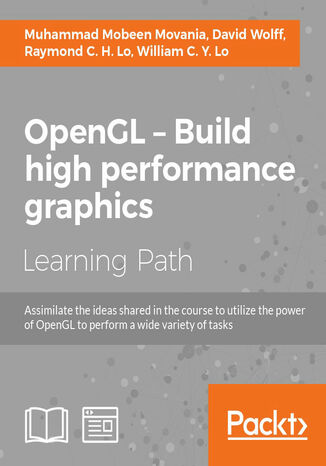



- Autorzy:
- William Lo, Muhammad Mobeen Movania, Raymond Chun Hing Lo
- Wydawnictwo:
- Packt Publishing
- Ocena:
- Dostępne formaty:
-
PDFePubMobi
 opcje wysyłki »
opcje wysyłki »
Opis
książki
:
OpenGL - Build high performance graphics. Assimilate the ideas shared in the course to utilize the power of OpenGL to perform a wide variety of tasks
OpenGL Development Cookbook – This is your go-to guide to learn graphical programming techniques and implement 3D animations with OpenGL. This straight-talking Cookbook is perfect for intermediate C++ programmers who want to exploit the full potential of OpenGL. Full of practical techniques for implementing amazing computer graphics and visualizations using OpenGL.
OpenGL 4.0 Shading Language Cookbook, Second Edition – With Version 4, the language has been further refined to provide programmers with greater power and flexibility, with new stages such as tessellation and compute. OpenGL Shading Language 4 Cookbook is a practical guide that takes you from the fundamentals of programming with modern GLSL and OpenGL, through to advanced techniques.
OpenGL Data Visualization Cookbook - This easy-to-follow, comprehensive Cookbook shows readers how to create a variety of real-time, interactive data visualization tools. Each topic is explained in a step-by-step format. A range of hot topics is included, including stereoscopic 3D rendering and data visualization on mobile/wearable platforms. By the end of this guide, you will be equipped with the essential skills to develop a wide range of impressive OpenGL-based applications for your unique data visualization needs.
This Learning Path combines some of the best that Packt has to offer in one complete, curated package. It includes content from the following Packt products, OpenGL Development Cookbook by Muhammad Mobeen Movania, OpenGL 4.0 Shading Language Cookbook, Second Edition by David Wolff, OpenGL Data Visualization Cookbook by Raymond C. H. Lo, William C. Y. Lo
Wybrane bestsellery
Packt Publishing - inne książki
Dzięki opcji "Druk na żądanie" do sprzedaży wracają tytuły Grupy Helion, które cieszyły sie dużym zainteresowaniem, a których nakład został wyprzedany.
Dla naszych Czytelników wydrukowaliśmy dodatkową pulę egzemplarzy w technice druku cyfrowego.
Co powinieneś wiedzieć o usłudze "Druk na żądanie":
- usługa obejmuje tylko widoczną poniżej listę tytułów, którą na bieżąco aktualizujemy;
- cena książki może być wyższa od początkowej ceny detalicznej, co jest spowodowane kosztami druku cyfrowego (wyższymi niż koszty tradycyjnego druku offsetowego). Obowiązująca cena jest zawsze podawana na stronie WWW książki;
- zawartość książki wraz z dodatkami (płyta CD, DVD) odpowiada jej pierwotnemu wydaniu i jest w pełni komplementarna;
- usługa nie obejmuje książek w kolorze.
Masz pytanie o konkretny tytuł? Napisz do nas: sklep@helion.pl
Książka drukowana


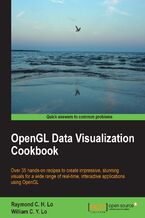

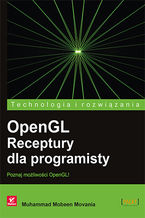
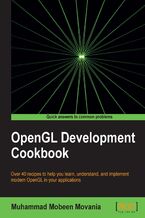
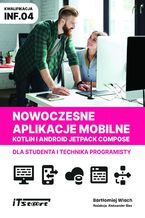
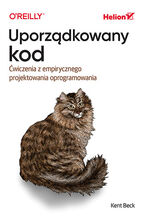
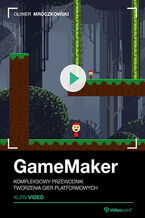
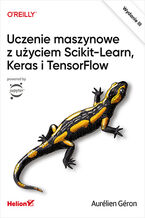
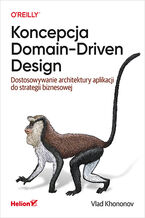
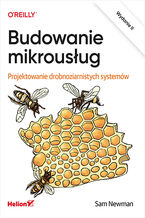
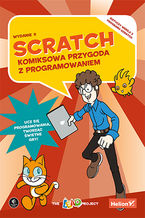
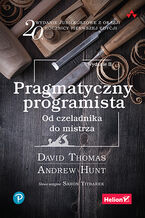
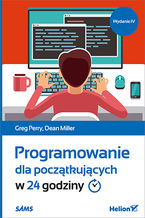
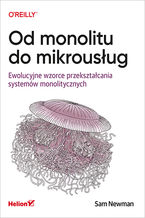






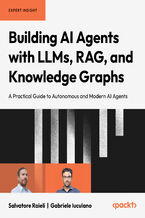

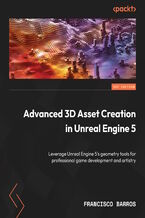
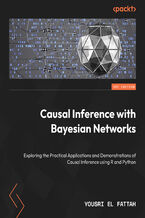



Oceny i opinie klientów: OpenGL - Build high performance graphics. Assimilate the ideas shared in the course to utilize the power of OpenGL to perform a wide variety of tasks William Lo, Muhammad Mobeen Movania, Raymond Chun Hing Lo
(0)